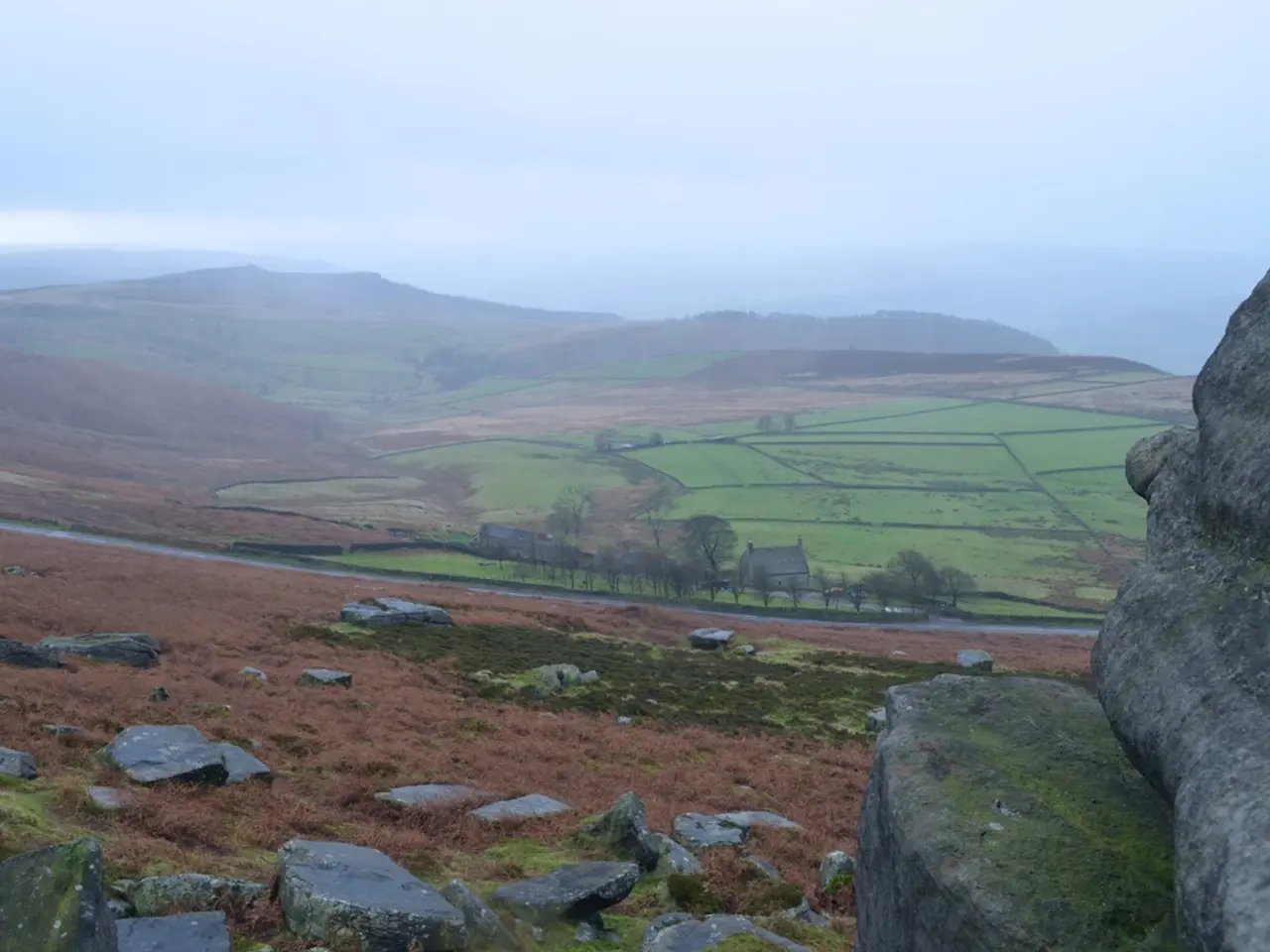Detailed Overview of Historical Landmarks in Grand Turk
Grand Turk, a small island in the Turks and Caicos archipelago, is a treasure trove of historical sites that offer a captivating glimpse into its vibrant past. From the landing site of early English settlers to the protected haven for donkeys that played a significant role in the island's agricultural economy, there's much to discover.
Key Historical Landmarks
- Turks and Caicos National Museum: This museum is a must-visit, featuring artifacts from the Lucayan people, early shipwrecks like the Molasses Reef (16th century), and exhibits on the salt industry.
- Grand Turk Lighthouse: Built in the mid-1800s, this lighthouse once guided ships and now serves as a scenic historical landmark with walking trails and panoramic views.
- Cockburn Town: The capital of Grand Turk, Cockburn Town is a charming town with colonial-era architecture, narrow historic streets, and colourful government buildings that reflect the island's colonial past.
- Salt Ponds (Salinas): These natural salt ponds dating back to the 1600s powered the island’s salt-raking economy for over three centuries. Today, they provide a home to flamingos and tropical birds.
- Her Majesty's Prison: A colonial-era prison building that reflects the island’s legal and social history.
- The National Building (Grand Turk): A historical colonial architecture relic in the capital.
- Windmills and Coral-Stone Sluice Gates: Remnants of the salt industry infrastructure that tell the story of the labor-intensive salt-raking economy.
- Cockburn Town’s Colonial Churches: Historic churches dating back to the colonial period, representing the island’s religious heritage.
- Governor’s Beach: A historic site near the capital where early colonial and administrative activities took place.
- Crabtree Park: A public park in Cockburn Town with local historic relevance.
- Old Inns and Shops in Cockburn Town: Reflecting the trading and colonial lifestyle during European occupation.
Off-Island Treasures
- Wade’s Green Plantation (Nearby, on North Caicos): One of the best-preserved Loyalist cotton plantation sites, showing colonial plantation life and resilience.
- Salt-Raking Sites and Ruins: Spread across Grand Turk and nearby cays, these ruins show the once-thriving white gold salt industry landscape.
- Traces of Indigenous Lucayan Culture: Archaeological artifacts and exhibits that reflect pre-colonial indigenous heritage at museums and cultural sites.
- Flamingo and Bird Watching at Natural Salt Ponds: While mainly natural sites, these also contribute to the island's cultural heritage linked to traditional salt-raking communities.
Additional Highlights
- The Donkey Sanctuary: Protecting donkeys that played an important role in the island's agricultural economy and highlighting their historical significance.
- The Maritime Museum: Showcasing the region's maritime history, shipwrecks, and the marine industries that influenced life in Grand Turk.
- The Old Water Tower: Once a crucial source of water supply, this iconic symbol of Grand Turk's infrastructure development is worth a visit.
- The Church of St. Mary: Constructed in 1888, this church stands as a community hub and an example of colonial architecture.
- The Taino Burial Mounds: Providing insight into the spiritual practices of the island's earliest inhabitants and their ceremonial sites.
When planning your visit to Grand Turk, make sure to include these 15 historical gems in your itinerary. Each site offers a unique opportunity to explore the cultural heritage that continues to shape the island's identity. Grand Turk is rich with historical treasures, revealing stories from the Taino people to the salt trade and beyond.
- To complement your discovery of historical landmarks in Grand Turk, adding education-and-self-development experiences could be beneficial. For instance, visiting The Maritime Museum is a chance to delve deeper into the region's maritime history, shipwrecks, and the marine industries that influenced life on the island.
- After exploring the key historical sites of Grand Turk, one might also consider broadening their lifestyle exploration. Home-and-garden enthusiasts might find inspiration in the unique architectural styles found in Cockburn Town, which showcase the island's colonial past. Additionally, when not touring the islands, taking in the captivating landscapes during travel around the archipelago could further enrich one's appreciation for the area's culture and history.




